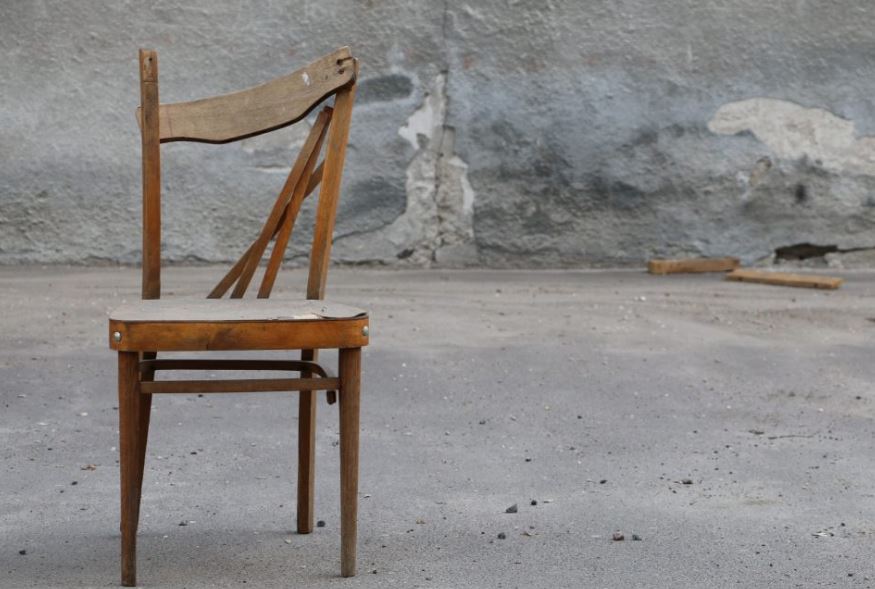Most families’ lives revolve around the sofa, so it’s no surprise that couches’ cushions get a lot of use. Dust, stains, and general filth will accumulate on the sofa, and at some point, you’ll have to clean it. Steam cleaning is an excellent way of cleaning. Dust mites, which feed on dead skin cells, will be killed by the high temperatures of the steam, and the stains and odors will be removed as a bonus. In only four easy steps, you can learn to steam clean your sofa.
It’s a good idea to make sure your sofa is water and heat-resistant before giving it a steam cleaning. You can steam clean most sofas, but extra sensitive cleaning may be needed for particularly costly or custom items.
Before you start steaming, you may check the label to see whether it can withstand the heat. Carpet and upholstery cleaning expert and Aladdin’s Cleaning & Restoration head Tim Jankowski suggests that some labels may be marked with a ‘W’ meaning clean with water, a ‘X‘ meaning no cleaning other than a brush or Hoover, and a ‘S’ suggesting you can clean with a solvent but not water or steam.
You may also verify the materials, he says. Steam cleaning is safe for certain textiles like cotton and polyester, but not others like leather, silk, suede, and even some mixed fabrics.
It’s a good idea to test the steamer on a tiny, hidden section of your sofa before committing to steaming the whole thing.
1. REMOVE HAIR AND CRUMBS BY VACUUMING
Professional cleaners usually recommend vacuuming furniture as a first step before using any other cleaning procedure. Make sure you’re using the beater brush and upholstery attachment on your vacuum to really get the dirt off of the fabric and the stuffing.
You may save time and effort by using a pet hair remover before you steam clean your sofa. It is said that one must take additional precautions to prevent any fur from getting trapped in the machine and allow the steam cleaner to penetrate deep into the fabric of the couch. This may enhance the efficiency of the cleaning procedure.
2. UPHOLSTERY SHOULD BE CLEANED WITH A SPECIAL STEAM CLEANER.
Many versions of steam cleaners have a variety of attachments, so you may clean a wide variety of surfaces without switching between different appliances. We should use a specialized fabric or upholstery steamer when caring for something as sensitive and significant as our couches.
Cleaning experts suggest that whether you use a steam mop or other steamer with various attachments, it is crucial to choose the proper attachments. a fabric or upholstery brush and the lowest steam setting can be used to avoid any potential harm.
3. STAIN TREATMENT MUST COME BEFORE STEAMING
Pretreating stains is essential for the successful cleaning of any cloth. However, you should never use the same procedures on a fabric sofa as you would on a piece of clothes since the fabric on your furniture is different. As steamers just utilize water so pretreating may help you avoid having to go over the same location many times and waterlogging the sofa.
4. MAKE SURE TO COVER EVERY AREA BY USING A PATTERN TO CLEAN
In order to save time and get every corner, experts recommend constantly cleaning in the same direction.
A cleaning specialist would recommend scrubbing in tiny portions, from top to bottom, and using overlapping strokes to avoid missing any spots and causing water logging by washing over the same location many times.
5. LET IT DRY IN THE FREE AIR BY OPENING THE WINDOWS AND DOORS
The most time-consuming part of cleaning upholstery with a steam cleaner is waiting for it to dry and leaving the sofa in a well-ventilated environment with the windows and doors open on a warm day helps to achieve this.
See also: How often should I clean foam Insoles?
CONCLUSION
As more people seek alternatives to harmful chemicals, steam cleaning has grown in popularity. A steam cleaner for removing stains, deodorizing clothes, and dissolving grime.
Additionally, high temperatures eliminate bacteria and germs without chemicals that may discolor our furniture and aid with dust mites and other allergens, making it excellent for persons with allergies or respiratory disorders.



